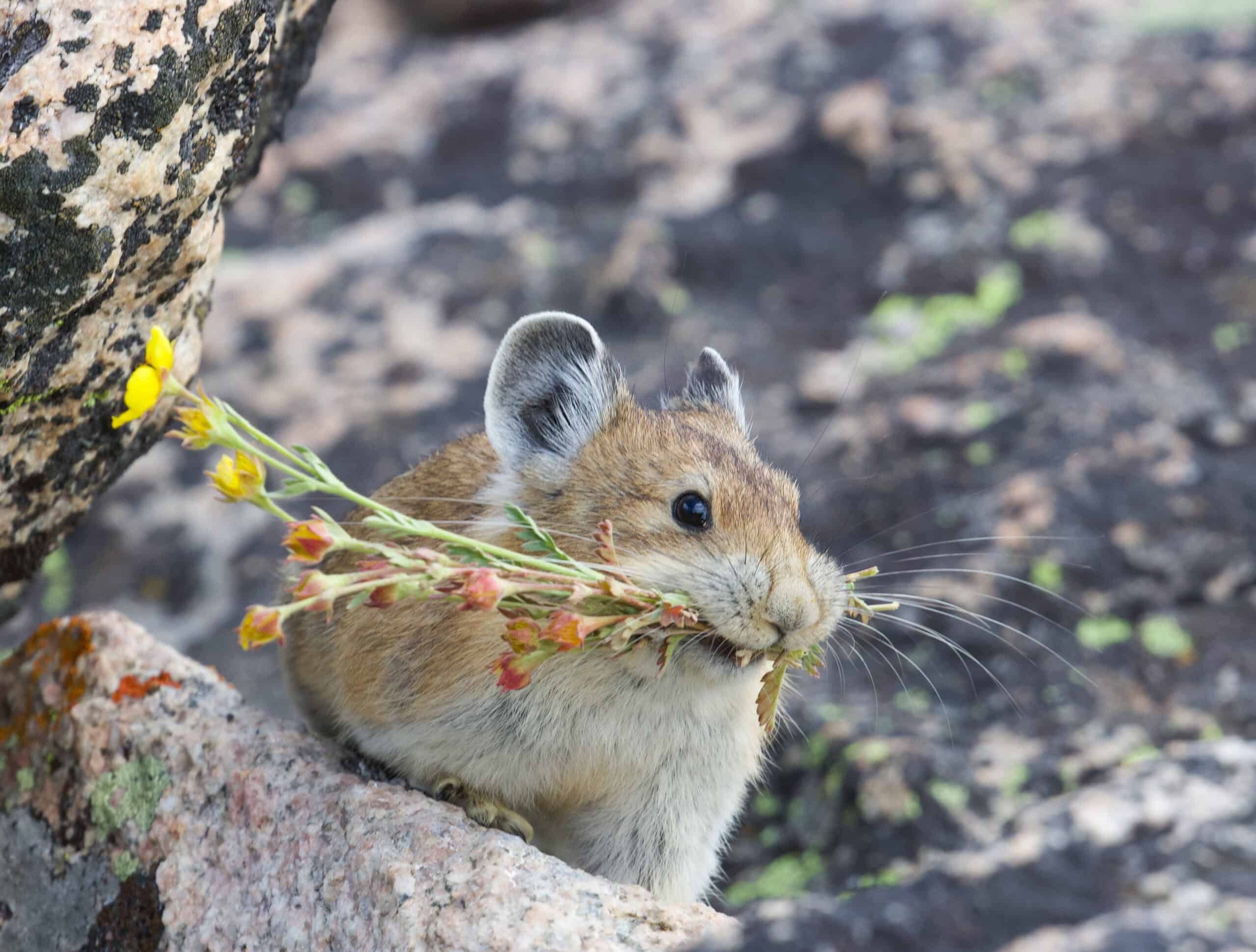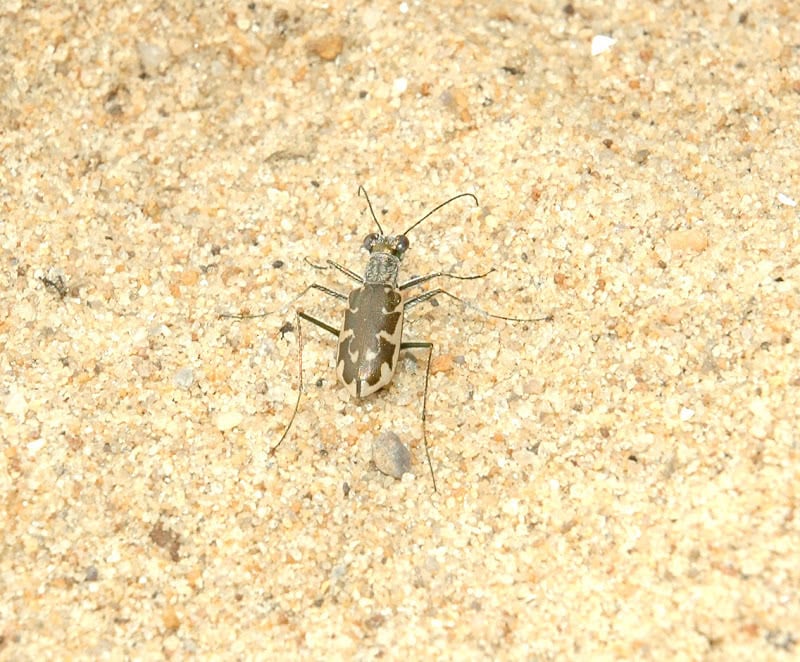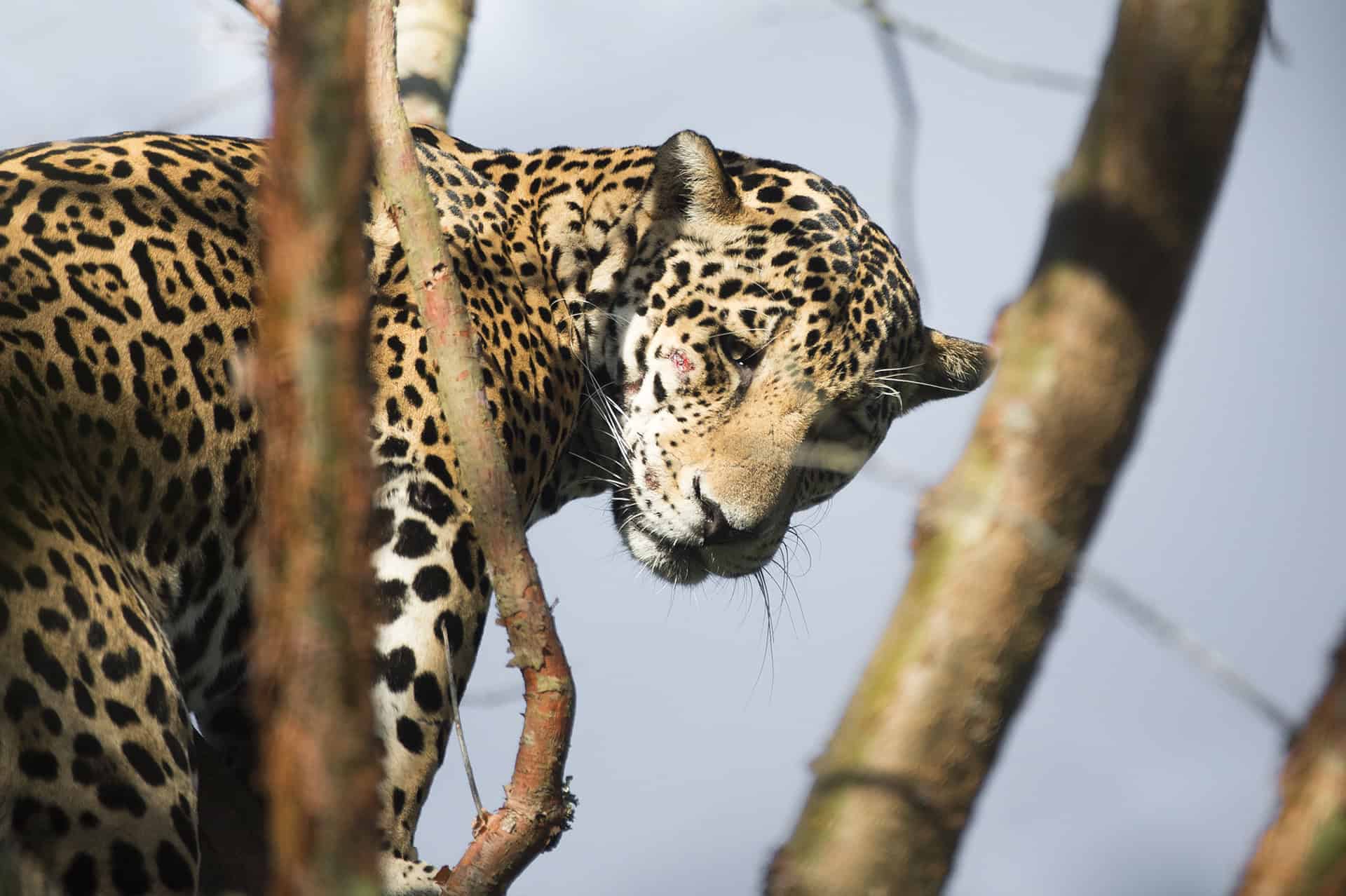Share this article
Sneak preview: 2016 conference symposia part one
Registration for The Wildlife Society’s 23rd Annual Conference in Raleigh, North Carolina, is now open, and the lineup of over 600 educational and training opportunities has been announced.
In part one of this two-part series, we outline the first half of symposia available to conference attendees. This year’s symposia feature topics of sustainability, partnerships, reconnecting science and management, invasive species, and many more. Stay tuned for the rest of the symposia next week.
Visit twsconference.org to view the complete educational and training program for the Raleigh conference. Register early to receive additional savings and secure a hotel room in our discounted room block.
Applications of Decision Analysis for Wildlife Population Management
- Structuring Objectives and Criteria for Wildlife Management Decisions: Feral Pigs in Hawaii
- Optimizing American Alligator Population Survey Design to Improve Management Decision-Making
- Applications of Decision Analysis in Wildlife Population Reintroduction
- Comparing The Value of Release Methods for Reintroduction of Steller’s Eider
- Using Decision Tools to Develop a Deer and Forest Management Program
- Optimal Design of Speed Zones to Reduce Risk of Deadly Collisions Between Wildlife and Watercraft
- Developing Consensus Objectives for a Multi-species, Multi-stakeholder Management Problem: The Case of Horseshoe Crab Harvest in Delaware Bay
- Learning-focused Decision Support for Countering Introduced Grasses in Native Prairies
- Structured Decision Making as a Process Catalyst for Integrative Thinking and Collaboration
Big Science and Wildlife Diseases: Applying One Health Approaches in the Real World
- Seeking Common Ground for Wildlife Disease Management
- Applying a One Health Approach to Benefit Wildlife Conservation
- Modeling Management Strategies for the Control of Bighorn Sheep Respiratory Disease
- Big Science and Wildlife Diseases: Applying One Health Approaches in the Real World
- Connecting Physiological, Behavioral and Disease Mechanisms with Population Processes to Tackle White-nose Syndrome in Endangered Bats
- Disease Ecology of White-nose Syndrome and Its Implications for Conservation
- Rising to the Challenge of Managing White-nose Syndrome
Carnivores: A New Paradigm in Conservation, Management and Coexistence Strategies
- Effects of Sport Hunting on Cougar Population, Community, and Landscape Ecology
- Adaptive Nonlethal Strategies for Reducing Wolf-sheep Conflict in Central Idaho Mountain Grazing Range
- Transitioning to a Predator Friendly Future in Australia
- Developing Coexistence Strategies for Endangered Carnivores in the Southeast
Climate Change and Migratory Birds: Connecting Management Challenges to Research Programs
- Climate Change and Migratory Birds: Introductory Remarks
- Climate Change Vulnerability of Migratory Birds: Challenges, Opportunities, and Research Priorities
- Climate Impacts to Migratory Bird Habitat: Implications of Drought for Wetland-dependent Birds
- Prioritizing Critical Habitat for Migratory Birds Under Climate Change: A Management Challenge
- Robust Spatial Prioritizations for Avian Conservation Under a Changing Climate
- Incorporating Climate Effects into Management of Harvest and Take of Migratory Birds
- Getting to Actionable Science: Wicked Problems, Decision Science, and Boundary Organizations
Communication: The Key to Effective Wildlife Management Programs
- Wake ‘Em Up, Shake ‘Em Up Presentations
- Dealing with the Media: Lessons from Deer and Bobcat Research in Georgia and South Carolina
- BearWise: A Cooperative Regional Approach to Communicating Consistent Messages about Black Bears
- Follow the Yellow Brick Road: Communicating with Funders
- Your Social Media Presence: Big Opportunities and Devastating Mistakes
- Communication through Engagement and Discovery: Citizen Science
- Communicating Science with Underserved Audiences
Conserving Wildlife in Open-Pine Forests: Management in the Rapidly Changing Southeastern United States
- America’s Longleaf Restoration Initiative: Achieving Conservation Outcomes at Landscape Scale
- The Role of Shortleaf Pine in Savanna and Woodland Management
- Using Wildlife Habitat Models to Evaluate Management Endpoints for Longleaf Pine Savanna
- Importance of Landscape-scale Approaches to Wildlife Conservation in Longleaf Pine Systems
- Conservation of Longleaf Pine on Private Lands: Role of a Charismatic Game Species, the Northern Bobwhite
- Do Growing-season Fires Pose a Threat to Ground-nesting Birds in the Longleaf Pine Ecosystem?
- Fruit Production Indicates a Lack of Mosaic in Fire-spread in the Longleaf Ecosystem
Dynamic Disturbances and Community Structure: Beyond the Ashes
- Does Prescribed Fire Enhance Assisted Migration of Coastal Vegetation?
- A Phantasmagoria of Heterogeneity: Fire, Water and BirdsDoes Predator Hunting Mode Predict Prey Response to Fire?
- Colonial Waterbird Impacts To Insular Habitats: To Much of a Good Thing?
- The Historic Role of Humans and Other Keystone Species in Shaping Hardwood Forests for Disturbance-Dependent Wildlife
- Conservation of Fiery Ecosystems: Generating Mosaics of Pyrodiversity
- Invasive Wild Pigs: A Destructive Ecosystem Engineer
- Climate, Anthropogenic Disturbance, and a Novel Predator Set An Evolutionary Trap For A Native Ungulate
Eastern Grasslands and Quail: Moving Conservation Forward
- Eastern Grasslands, Conservation Challenges and Opportunities
- Grassland Bird Conservation in the Central Hardwoods: How Much and Where do we Implement Conservation Programs?
- Thinking Strategically: Partnerships and Policy that Focus Resources for the Biggest Impact on Northern Bobwhites
- Challenging Our Fundamental Assumptions of Quail Recovery Through Science, Monitoring, and Management
- How Bessie Saved the World – Can Grazing Help Advance Grasslands Wildlife Conservation?
- Grazing and Grassland Birds: What We Have Learned So Far
- The Role of Grazing and Fire on Northern Bobwhite Habitat Selection in Missouri Grasslands
- Grazing and Northern Bobwhite Nest Success and Adult Survival: Can They Go Together?
Ecology and Conservation of North American Forest Grouse: Past, Present, and Future
- Forest Grouse in North America: A Rich Heritage
- Phylogeography, Classification, and Management Units of North American Forest Grouse
- Forest Management Trends and Implications for Ruffed Grouse Conservation in the Eastern United States
- Landscape Dynamics, Spatial Heterogeneity, and Grouse Conservation in Upper Michigan: A New Business Model?
- The Appalachian Cooperative Grouse Research Project: A Contemporary Model for Forest Grouse Research
- Escaping the Winter: Ruffed Grouse Display Strong Behavioral Plasticity in Use of Snow Roosting
- Integrating New Technologies in Forest Grouse Research and Management
Enhancing Wildlife Reintroduction Success
- Human Dimensions Insights for Reintroduction of Fish And Wildlife Populations
- The Reintroduction Landscape: Finding Success at the Intersection of Ecological, Social, and Institutional Dimensions
- How to Incorporate a Consideration of Disease in Animal Reintroductions
- Accounting for Potential Physiological and Behavioral Responses to Improve Animal Reintroduction Success
- Intra- and Interspecific Interactions May Influence Wildlife Reintroduction Success
- Release Considerations and Techniques to Improve Conservation Translocation Success
- Making Reintroduction Monitoring Great Again
Expanding Partnerships Vital to the Future of Wildlife
TBA
Is Sustainable Use of Wildlife Sustainable?
- Sustainable Use in North America: Perspectives from State Wildlife Agencies
- Sustainable Use in Canada – Challenges and Barriers
- Maintaining Relevance of Consumptive Use Among Wildlife Professionals: Do Sustainable Use Principles Matter?
- Treating Wildlife like Wildlife: The Insidious Threat to Sustainable Uses of Viewing Wildlife as Private Property
- Trapping as A Sustainable Use and Livelihood: Will It Matter to Those Who Do Not Trap?
- Wildlife Governance in the 21st Century — Will Sustainable-use Principles Survive?
Large Predator Restoration and Management in North America-Part I
- Florida Panther Recovery and the Prospect of Restoring the Puma to the Southeast
- Coexistence: The Reality Of Mexican Wolves In A Working Landscape
- Restoring Large Predators on Private Lands: Challenges and Lessons Learned from the Red Wolf Recovery Program
- Grizzly Bear Recovery: Progress and Problems Toward a Common Objective
- Sustainably Logged Forests Support Similar Distributions of Mammals and Similar Densities of Jaguars, Pumas, and Ocelots, as a Protected Area in North-Western Belize, Central America.
- Where to Go From Here? The Geography of Mexican Wolf Recovery
- Predator Conservation and Restoration in Human-dominated Landscapes: A Case Study with Pumas in Central California
- Socioeconomic Benefits of Large Carnivore Recolonization Through Reduced Wildlife-vehicle Collisions
Large Predator Restoration and Management in North America-Part II
- Complicated Ecologies and Cougar Management in Washington
- Evolving Cougar Management in the West: Applying Biology and Science with Human Values
- Implications of Predator Restoration on Ungulate Management
- Developing a Monitoring Program for Large Carnivores: A Case Study Involving the Louisiana Black Bear
- Efficient Monitoring of Unmarked Predator and Prey Populations by Combining Camera and Telemetry Data
- Indirect Effects of Predators on Prey Populations
- Long-Term Implications of Genetic Restoration for the Florida Panther
- Numbers Aren’t Everything: The Importance of Genetic Management in the Captive and Experimental Mexican Wolf Populations
- Interactions between Demography, Genetics, and Landscape Connectivity Increase Extinction Probability in a Small Population of Large Carnivores in a Major Metropolitan Area
- Managing a Large Predator before It Needs Restoration: Polar Bears and Climate Change
Header Image: ©NCDOTcommunications








